Nitrogen fertilizers, their value and application
In the dacha and vegetable garden business, nitrogen fertilizers are the main substance that provides the plant with good root compaction, the appearance of new leaves, the growth of flowers and the development of fruits.
Nitrogen replenishment is especially important for fruit and berry crops. It provides an increase in the growth of fruits and improves their taste. Nitrogen is easily assimilated in such types of soil as podzolic, peat, black soil.
A lot of nitrogen is found in organic compounds, however, this form acts as a kind of bait for many pests. Under the influence of a large number of insects, the plant may not survive. Therefore, summer residents use a form of nitrogen fertilizer based on minerals that is more useful for horticultural crops.
With an insufficient amount of nitrogenous fertilizers, the plant grows very weakly, the vegetative organs develop slowly, the leaves grow not large, their appearance is painted with a yellowish tint, and soon they crumble prematurely. These processes have a detrimental effect on the plant, and can lead to an interruption of the flowering period and a reduction in fruiting.
Timely and correctly applied nitrogen fertilizers will contribute to the healthy development of the plant and obtain the desired result for the summer resident.
Liquid nitrogen fertilizers
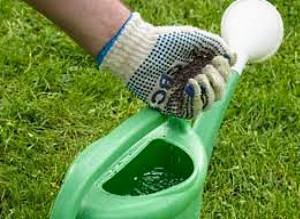 The production of liquid fertilizers is much cheaper than their solid counterparts. Therefore, liquid fertilizers can be purchased at lower prices. The effectiveness of such fertilizers does not depend on their natural state.
The production of liquid fertilizers is much cheaper than their solid counterparts. Therefore, liquid fertilizers can be purchased at lower prices. The effectiveness of such fertilizers does not depend on their natural state.
Most summer residents who are just starting gardening are interested in what liquid nitrogen fertilizers are?
There are three main types of nitrogen compounds for soil fertilization:
- Anhydrous ammonia;
- Ammonia water;
- Ammonia.
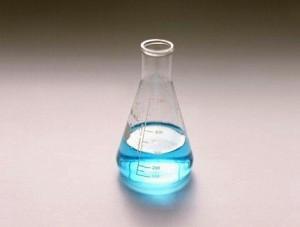 Anhydrous ammonia. A fairly concentrated solution that looks like a colorless liquid. Anhydrous ammonia is created at the factory, as a result of the liquefaction of ammonia from a gaseous state under the influence of high pressure. The resulting liquid contains 82.3% nitrogen.
Anhydrous ammonia. A fairly concentrated solution that looks like a colorless liquid. Anhydrous ammonia is created at the factory, as a result of the liquefaction of ammonia from a gaseous state under the influence of high pressure. The resulting liquid contains 82.3% nitrogen.
Liquid nitrogen fertilizer is stored in tightly closed containers. Do not store it in containers made of copper, zinc or similar alloys. It is recommended to use iron containers, or steel and cast iron. Anhydrous ammonia must be stored in closed containers as it tends to evaporate quickly.
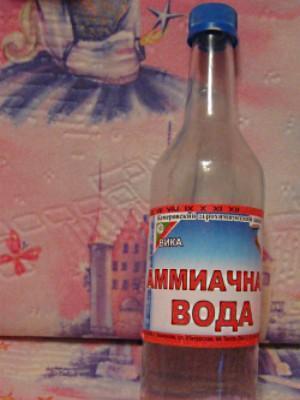 Ammonia water. The nitrogen concentration in this fertilizer is about 16.4% minimum and up to 20.5% maximum. It does not have a destructive effect on ferrous metals. Ammonia water has a low pressure, which allows it to be stored in carbon steel vessels. It is not profitable and not practical to use this type of liquid nitrogen fertilizer over long distances, since nitrogen tends to evaporate quickly. Nitrogen-based fertilizer loses some of its original properties during transportation.
Ammonia water. The nitrogen concentration in this fertilizer is about 16.4% minimum and up to 20.5% maximum. It does not have a destructive effect on ferrous metals. Ammonia water has a low pressure, which allows it to be stored in carbon steel vessels. It is not profitable and not practical to use this type of liquid nitrogen fertilizer over long distances, since nitrogen tends to evaporate quickly. Nitrogen-based fertilizer loses some of its original properties during transportation.
The application of nitrogen fertilizer to the soil is quite simple, but nitrogen losses can also occur as a result of the evaporation process of free, anhydrous ammonia. Soil colloids instantly absorb nitrogen. A small part of nitrogen fertilizers, as a result of reaction with soil moisture, turns into ammonium hydroxide.
In soils saturated humus, the efficiency of nitrogen fertilization increases several times.In this case, the loss of ammonia is minimal.
In sandy loam and sandy, unstable soils with a minimum saturation of humus, the loss of ammonia increases several times, respectively, the effectiveness of the application decreases.
In the presence of large volumes of land that need fertilizing with nitrogen fertilizers, there is a special technique. With its assistance, fertilizer is applied to a depth of 12 cm on light soils. This is done to minimize nitrogen losses and increase its efficiency. Surface application to the soil will not give any result.
Fertilizers containing nitrogen are also applied to the frozen soil in the fall, or when cultivating the soil before the sowing campaign.
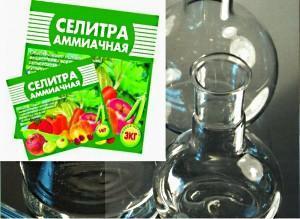 Ammonia. Ammonia production takes place by mixing aqueous ammonia and nitrogen fertilizers. The resulting composition has about 30-50% nitrogen. It is found in ammonia in different compounds and proportions (nitrate and amide forms)
Ammonia. Ammonia production takes place by mixing aqueous ammonia and nitrogen fertilizers. The resulting composition has about 30-50% nitrogen. It is found in ammonia in different compounds and proportions (nitrate and amide forms)
For horticultural crops, liquid ammonia compounds are not inferior in properties to solid nitrogen fertilizers.
The soil should be replenished with liquid fertilizers in a special uniform to prevent it from getting on the skin and in the respiratory tract, as well as on the mucous membranes. Use goggles to protect your eyes and use masks or respirators to protect your breathing.
Types of nitrogen fertilizers and methods of their application
Nitrogen is one of the main components of the complex mineral fertilizers for plant nutrition. Its main function in this complex is to increase the fertility of horticultural crops.
As for the doses for application to the soil, for berry and fruit crops the norm is 9-12 g / 1m2 soil. For crops that have a seed inside, these values are equal to 4-6 g / 1m2 soil. With simple feeding, to maintain the general condition of the fruit, a dosage of up to 4 g / 1m is applied2 area.
The main types of nitrogen fertilizers:
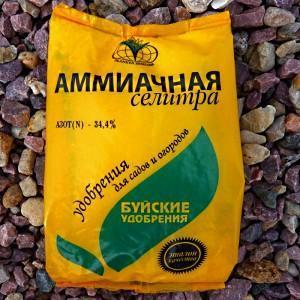 Ammonium nitrate. It is a universal fertilizer with a fast-acting effect. The nitrogen content is 35%. It is sold in the form of white-pink granules. Make ammonium nitrate in the soil in spring, in an amount of 25 to 30 g / 1m2... Saltpeter is diluted with water in a ratio of 20 g / 10l. It has a strong nourishing effect on chernozems;
Ammonium nitrate. It is a universal fertilizer with a fast-acting effect. The nitrogen content is 35%. It is sold in the form of white-pink granules. Make ammonium nitrate in the soil in spring, in an amount of 25 to 30 g / 1m2... Saltpeter is diluted with water in a ratio of 20 g / 10l. It has a strong nourishing effect on chernozems;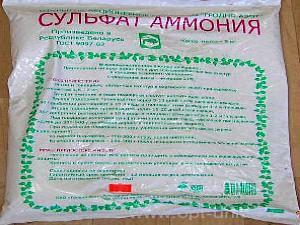 Ammonium sulfate. It looks like a crystallized salt. The amount of nitrogen in it reaches 21%. It can be applied to the soil both in spring and autumn. Ammonium sulfate is not washed out from the soil. Among the properties of the fertilizer, the function of slight acidification of the soil can be noted. Into the soil is applied at 40-50 g / 1m2 before planting, and feed 25g / 1m2;
Ammonium sulfate. It looks like a crystallized salt. The amount of nitrogen in it reaches 21%. It can be applied to the soil both in spring and autumn. Ammonium sulfate is not washed out from the soil. Among the properties of the fertilizer, the function of slight acidification of the soil can be noted. Into the soil is applied at 40-50 g / 1m2 before planting, and feed 25g / 1m2;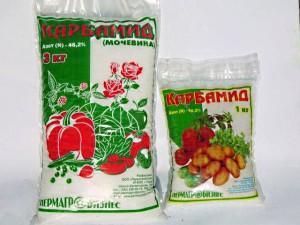 Urea... One of the main nitrogen-containing fertilizers is 46% nitrogen. It looks like a crystalline salt. Summer residents use this nitrogen fertilizer mainly for feeding in the spring. In autumn, carbamide is used for heavy soils, in a proportion of 20 to 25 g / 1m2... To nourish plants, apply up to 10g / 1m2 area, diluted in 10 liters of water. For spraying, a more concentrated solution is used - from 30 to 40 g / 10l. water.
Urea... One of the main nitrogen-containing fertilizers is 46% nitrogen. It looks like a crystalline salt. Summer residents use this nitrogen fertilizer mainly for feeding in the spring. In autumn, carbamide is used for heavy soils, in a proportion of 20 to 25 g / 1m2... To nourish plants, apply up to 10g / 1m2 area, diluted in 10 liters of water. For spraying, a more concentrated solution is used - from 30 to 40 g / 10l. water.
Nitrogen fertilizers play an important role in the good development of horticultural crops. The main task for the summer resident is the timely feeding of the plant with this type of fertilizer. How to use nitrogen fertilizers, and in what proportions, are detailed in the instructions on the packages and in information sources.
The use of nitrogen fertilizers for fruit trees (video)